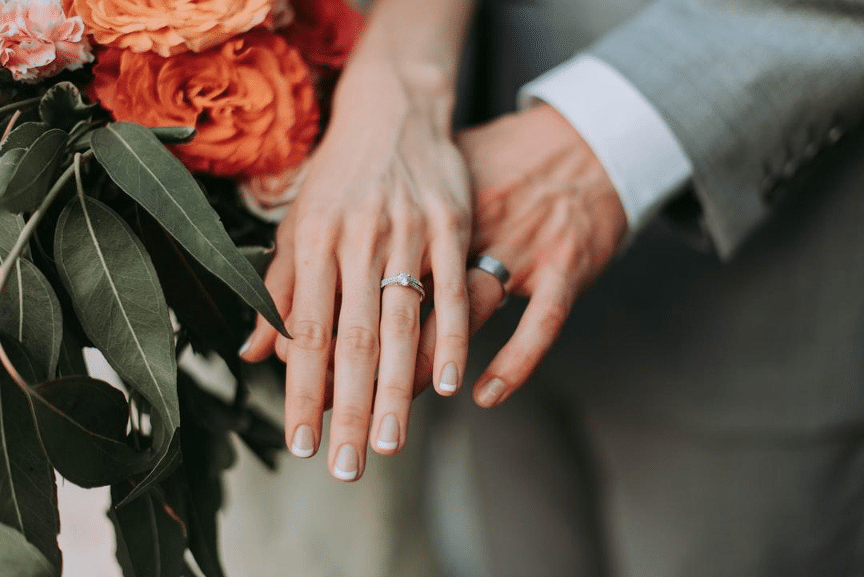At any given time, more than 70% of your blood volume is in your veins. That blood is on its way back to the heart,…
The Color of Healthy Veins: A Quick & Easy Reference Guide

At any given time, more than 70% of your blood volume is in your veins. That blood is on its way back to the heart, the beating center of your circulatory system.
Your heart pumps blood through your arteries to your body tissues, where the blood delivers much-needed oxygen. The deoxygenated blood then travels back through the veins to pick up more oxygen, and the cycle begins again.
The healthier your veins, the better they do their job.
Why Does Vein Health Matter?
Your veins do a lot of work. They carry blood all over your body, often moving against gravity. They’re thinner than arteries, so they’re less protected from damage.
It’s not that veins are little weaklings. Those that do the hardest work – the veins that carry blood from your legs all the way to your heart — have extra protection in the form of one-way valves. Those valves prevent gravity from dragging the blood in the wrong direction.
But those valves can get weaker, and so can the walls of your veins. When a vein is weak, the blood pools in one place instead of moving along smoothly. The vein has to work much harder, which makes it more vulnerable to damage.
Damaged veins don’t always signal a health issue, but they can be uncomfortable and even ugly. That’s why it’s so important to maintain your vein health by eating right, exercising, and keeping an eye on any visible veins you notice.
What Do Healthy Veins Look Like?
Most of your healthy veins are far enough beneath the skin that you can’t see them. But if you have thinner skin, lighter skin, or less body fat, you may have some visible veins. They’re usually most noticeable on your hands, legs, and inner arms.
The color of healthy veins is usually a blue or green. They wouldn’t look like that if you exposed them to the light, but the skin changes how the light reflects off the tissue.
Healthy veins lie flat and don’t twist. If you have particularly thin or light skin, you might be able to see the texture of the vein. But if the surrounding muscles are at rest, your veins won’t look like they’re popping out above the skin’s surface.
When you’re exercising or stressed, your veins may bulge a little bit. That just means there’s more pressure in your circulatory system as a whole. As long as those “popped” veins retreat again when the pressure goes away, it’s not a problem.
Signs of Unhealthy Veins
It’s smart to keep an eye on your visible veins. Certain changes in vein appearance can signal the development of vein issues, like varicose veins or spider veins.
Noticing Spider Veins
Spider veins look like threading lines under the skin. They often resemble spider webs or bare trees and tend to be red, dark blue, or blue-purple.
Spider veins aren’t a health hazard and don’t tend to cause discomfort. Still, many people are self-conscious about them and seek treatment for cosmetic reasons.
Symptoms of Varicose Veins
Varicose veins bulge and twist above the skin’s surface. They’re usually blue or blue-purple and may appear like tangles of rope.
Unlike spider veins and healthy visible veins, varicose veins may cause physical discomfort. Common symptoms include:
- Cramping or aching pain
- Feelings of heaviness
- Leg swelling
- Itchiness
Some people experience more unusual symptoms, like the feeling of water dripping down the leg or a restless sensation. These happen when varicose veins press on nearby nerves.
It’s unusual for varicose veins to cause any serious health problems, but rare complications can happen. See a doctor soon if you notice:
- Veins that are red, swollen, or sensitive to touch
- Bleeding varicose veins
- Rash or sores on the affected leg
- Color changes in the ankle or calf of the affected leg
You can also seek treatment if your symptoms are affecting your daily life, either physically or cosmetically.
Early Warning Signs
Keeping an eye on your veins can give you a heads-up if something starts to happen. Before the telltale twisted bulges of varicose veins appear, some people notice their skin or leg veins looking different. Possible signs include:
- Shinier-looking skin
- Changes in skin color
- Redness in the lower leg
- Leg veins looking darker or more prominent
Not all newly visible veins will turn into varicose veins, but it’s a good idea to keep an eye on any changes you see. It’s especially important if you have one or more risk factors, like advanced age or a family history of varicose veins.
If You’re Worried About Your Veins
Veins change in appearance for many reasons. Sometimes, it’s just because you’re getting older and your skin is getting thinner, so your veins are more visible.
Pregnancy may also make your veins stand out. Sometimes that’s just because your blood volume is greater when you’re expecting, but pregnancy also makes you more susceptible to varicose veins.
If you’re worried that you might be developing varicose veins or spider veins, or even just have questions about your visible veins, reach out to a vein specialist. They can listen to what’s going on, take a look at your veins, and recommend treatment based on your needs.
Finding the Right Specialist
If you’d like to see a specialist about your visible veins, My Vein Treatment can help you find the right provider. Use the vein specialist locator tool to locate qualified professionals in your area, and start your journey toward peace of mind.






Responses